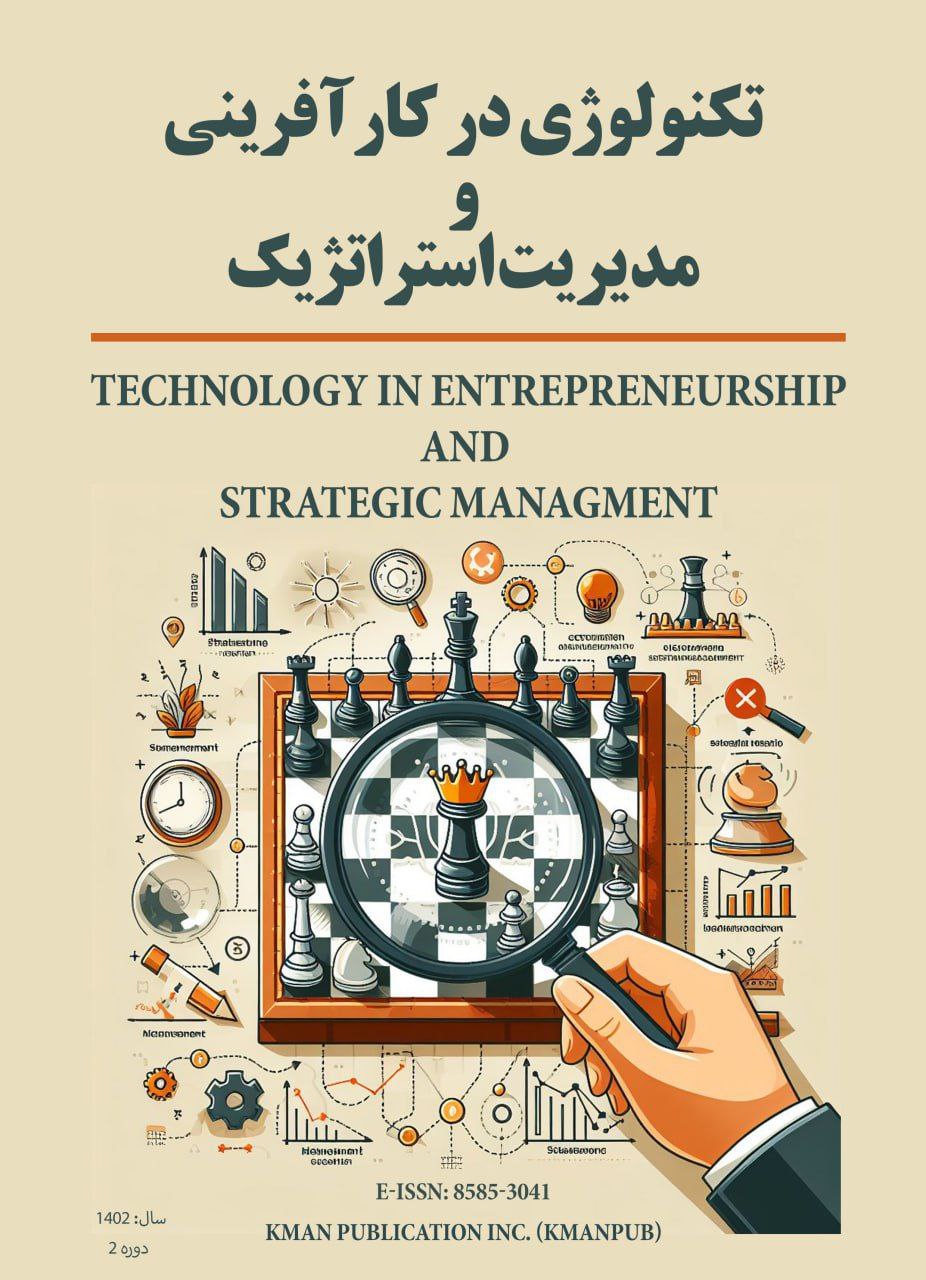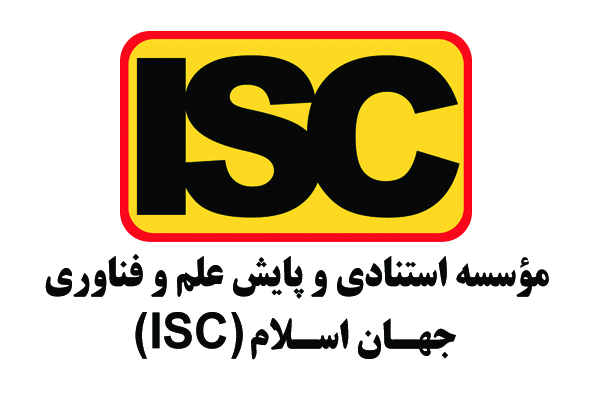The Impact of Cloud Technology on Strategic Management and Organizational Flexibility
Keywords:
Cloud technology, Organizational flexibility, Strategic management, Organizational innovation, Strategic decision-makingAbstract
The purpose of this study is to examine the impact of cloud technology on organizational flexibility and strategic management in organizations. This qualitative research employed semi-structured interviews with managers and specialists in the fields of information technology and strategic management from various organizations. The findings indicate that cloud technology significantly enhances organizational flexibility and strengthens strategic decision-making processes. Furthermore, cloud technology aids in increasing absorptive capacity, facilitating knowledge transfer within organizations, and improving organizational innovation. Cloud technology can serve as an important tool in enhancing organizational flexibility and improving strategic management. Organizations should focus on strategically utilizing this technology to achieve sustainable competitive advantage.
Downloads
References
AlHalaseh, R. H., & Ayoub, Z. (2021). Strategic Flexibility Mediating the Impact of Entrepreneurial Orientation on
Organizational Excellence. International Review of Management and Marketing. https://doi.org/10.32479/ijeep.12520
Alharthi, A., Alassafi, M. O., Walters, R. J., & Wills, G. (2016). Towards a Framework to Enable the Migration Process to
Educational Clouds in Saudi Higher Education. https://doi.org/10.1109/i-society.2016.7854179
Bamel, U., & Bamel, N. (2018). Organizational Resources, KM Process Capability and Strategic Flexibility: A Dynamic
Resource-Capability Perspective. Journal of Knowledge Management. https://doi.org/10.1108/jkm-10-2017-0460
Bharadwaj, S. S., & Lal, P. (2012). Exploring the Impact of Cloud Computing Adoption on Organizational Flexibility: A Client
Perspective. https://doi.org/10.1109/iccctam.2012.6488085
Chang, Y., Wong, S. F., Eze, U. C., & Lee, H. (2019). The Effect of IT Ambidexterity and Cloud Computing Absorptive
Capacity on Competitive Advantage. Industrial Management & Data Systems. https://doi.org/10.1108/imds-05-2018-0196
García‐Sánchez, E., Morales, V. J. G., & Rojas, R. M. (2018). Influence of Technological Assets on Organizational
Performance Through Absorptive Capacity, Organizational Innovation and Internal Labour Flexibility. Sustainability.
https://doi.org/10.3390/su10030770
Grewal, R., & Tansuhaj, P. (2001). Building Organizational Capabilities for Managing Economic Crisis: The Role of Market
Orientation and Strategic Flexibility. Journal of Marketing. https://doi.org/10.1509/jmkg.65.2.67.18259
Jin, L., Zhou, L., Zhang, X., Chen, Z., & Tian, F. (2018). Technological Configuration Capability, Strategic Flexibility, and
Organizational Performance in Chinese High-Tech Organizations. Sustainability. https://doi.org/10.3390/su10051665
Lal, P., & Bharadwaj, S. S. (2016). Understanding the Impact of Cloud-Based Services Adoption on Organizational Flexibility.
Journal of Enterprise Information Management. https://doi.org/10.1108/jeim-04-2015-0028
Mohammed, F., Ibrahim, O., Nilashi, M., & Alzurqa, E. (2016). Cloud Computing Adoption Model for E-Government
Implementation. Information Development. https://doi.org/10.1177/0266666916656033
Qasem, Y. A. M., Abdullah, R., Atan, R., & Jusoh, Y. Y. a. (2018). Towards Developing a Cloud-Based Education as a Service
(Ceaas) Model for Cloud Computing Adoption in Higher Education Institutions. Acta Informatica Malaysia.
https://doi.org/10.26480/aim.02.2018.19.20
Senarathna, I., Wilkin, C., Warren, M., Yeoh, W., & Salzman, S. (2018). Factors That Influence Adoption of Cloud Computing:
An Empirical Study of Australian SMEs. Australasian Journal of Information Systems.
https://doi.org/10.3127/ajis.v22i0.1603
Tong, T., Iqbal, K., & Rahman, A. A. (2022). Core Technological Competence and Competitive Advantage: A Study on
Chinese High-Tech SMEs. Frontiers in psychology. https://doi.org/10.3389/fpsyg.2022.959448
Zainuddin, N., Yusuff, R. C. M., & Samy, G. N. (2020). Risk Evaluation Using Nominal Group Technique for Cloud
Computing Risk Assessment in Healthcare. International Journal on Advanced Science Engineering and Information
Technology. https://doi.org/10.18517/ijaseit.10.1.10169
Downloads
Published
Submitted
Revised
Accepted
Issue
Section
License

This work is licensed under a Creative Commons Attribution-NonCommercial 4.0 International License.











